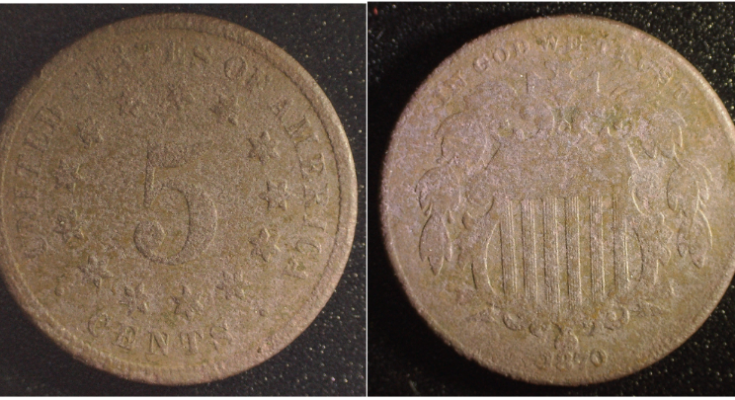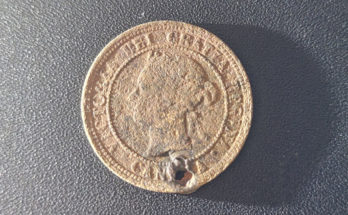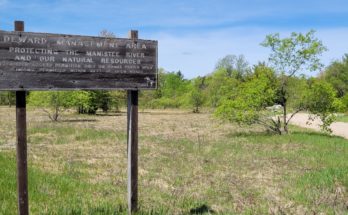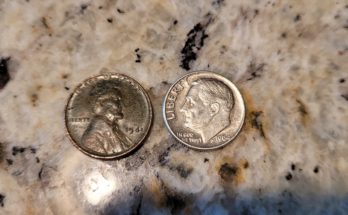The unseasonably warm days gave me an opportunity to do some late metal detecting in December. I still had not fulfilled my personal goal of finding an 1800s coin each year while metal detecting. The prior year’s goal was reached when finding the 1882 Canadian Large Cent, but ’23 had not been as generous.
On December 29, 2023, after several hours of detecting at the site of an old lumber town that existed in the late 1800s, I got a signal that seemed promising. Given the amount of trash I’d found below the surface, I expected this to be another piece of scrap aluminum or a shotgun shell. When a small, dirty coin emerged from the hole, I saw vertical lines on it and immediately suspected it was another Lincoln memorial cent. This one looked different, though, and I didn’t immediately see a face on the opposite side. After a moment of cleaning dirt from the coin, I saw the number ‘5’ surrounded by 13 stars and realized that it was a Shield Nickel. I reached my goal with just a few days left in the year.
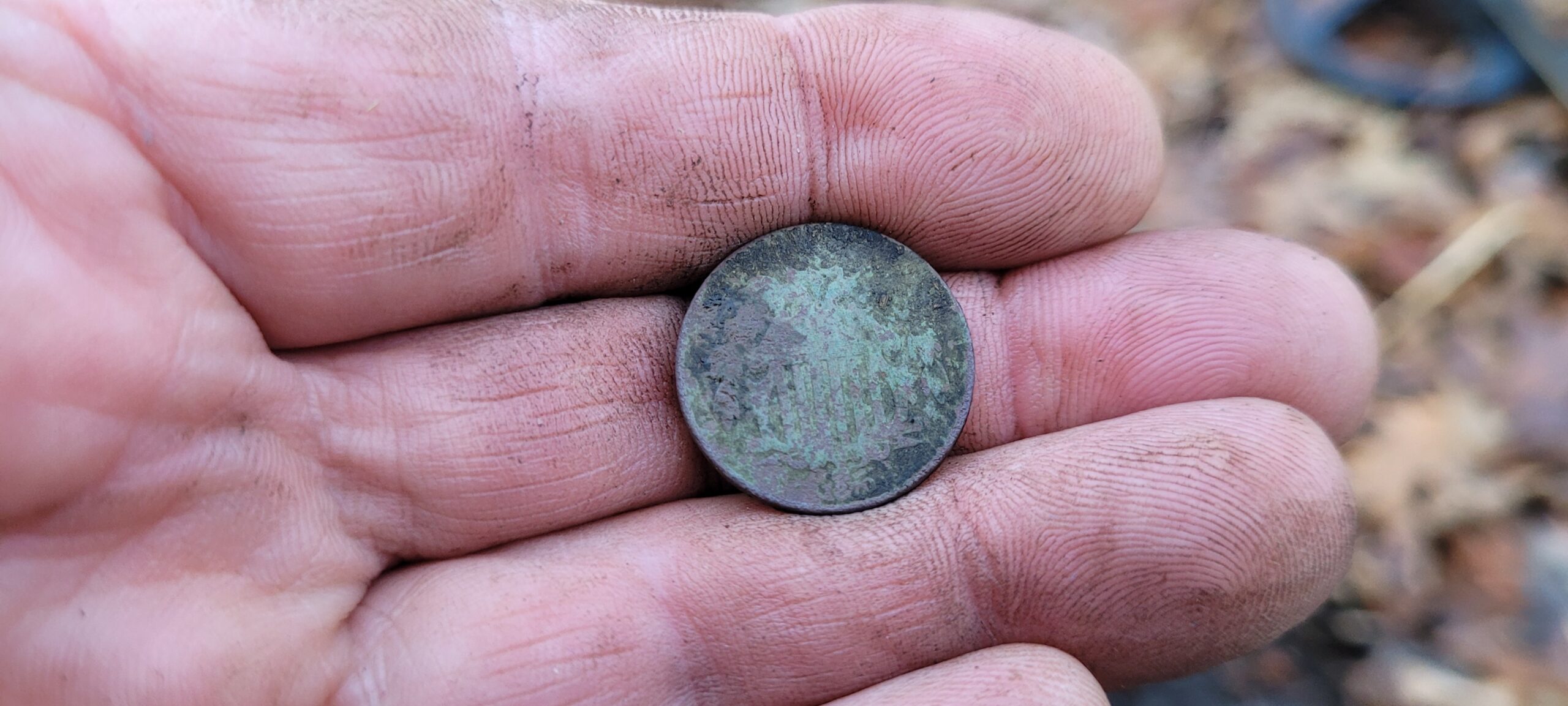
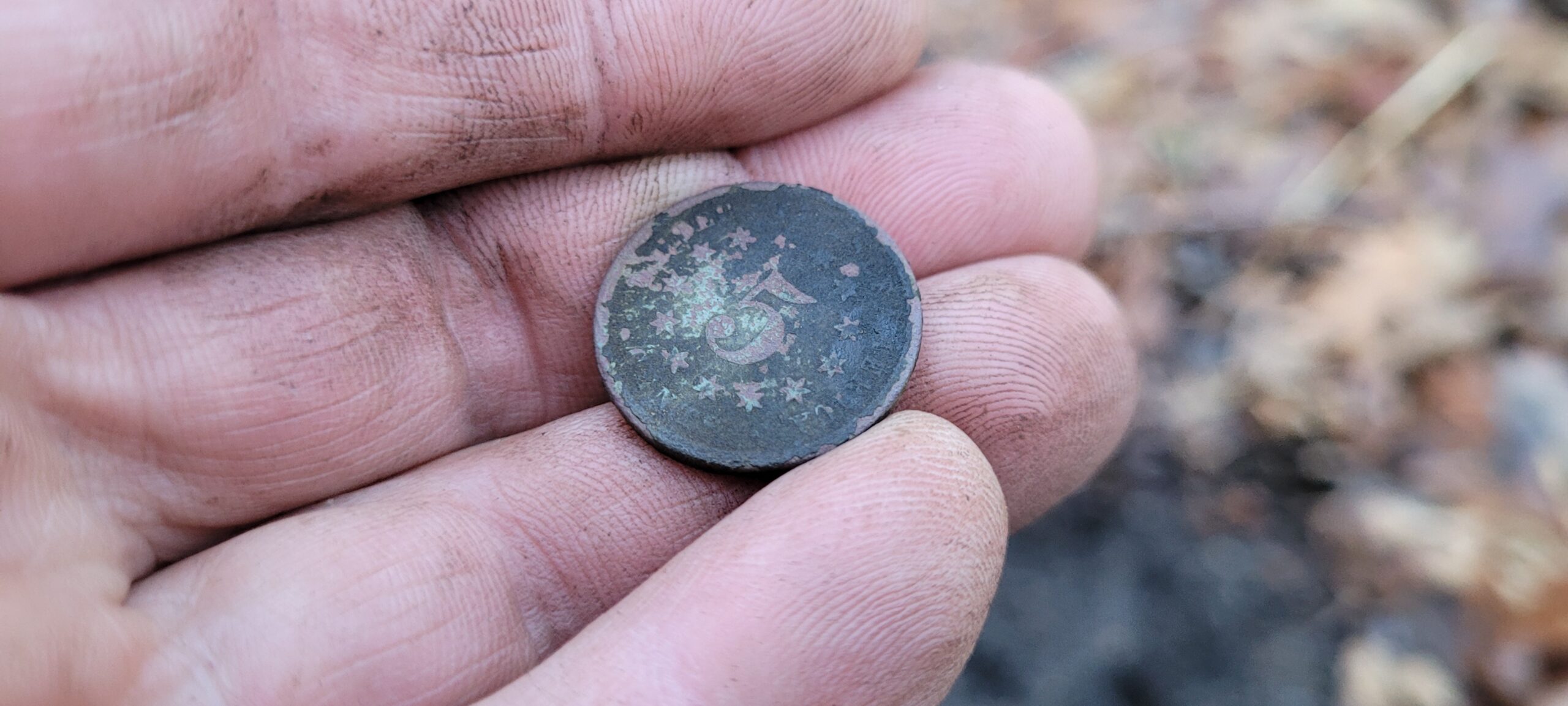
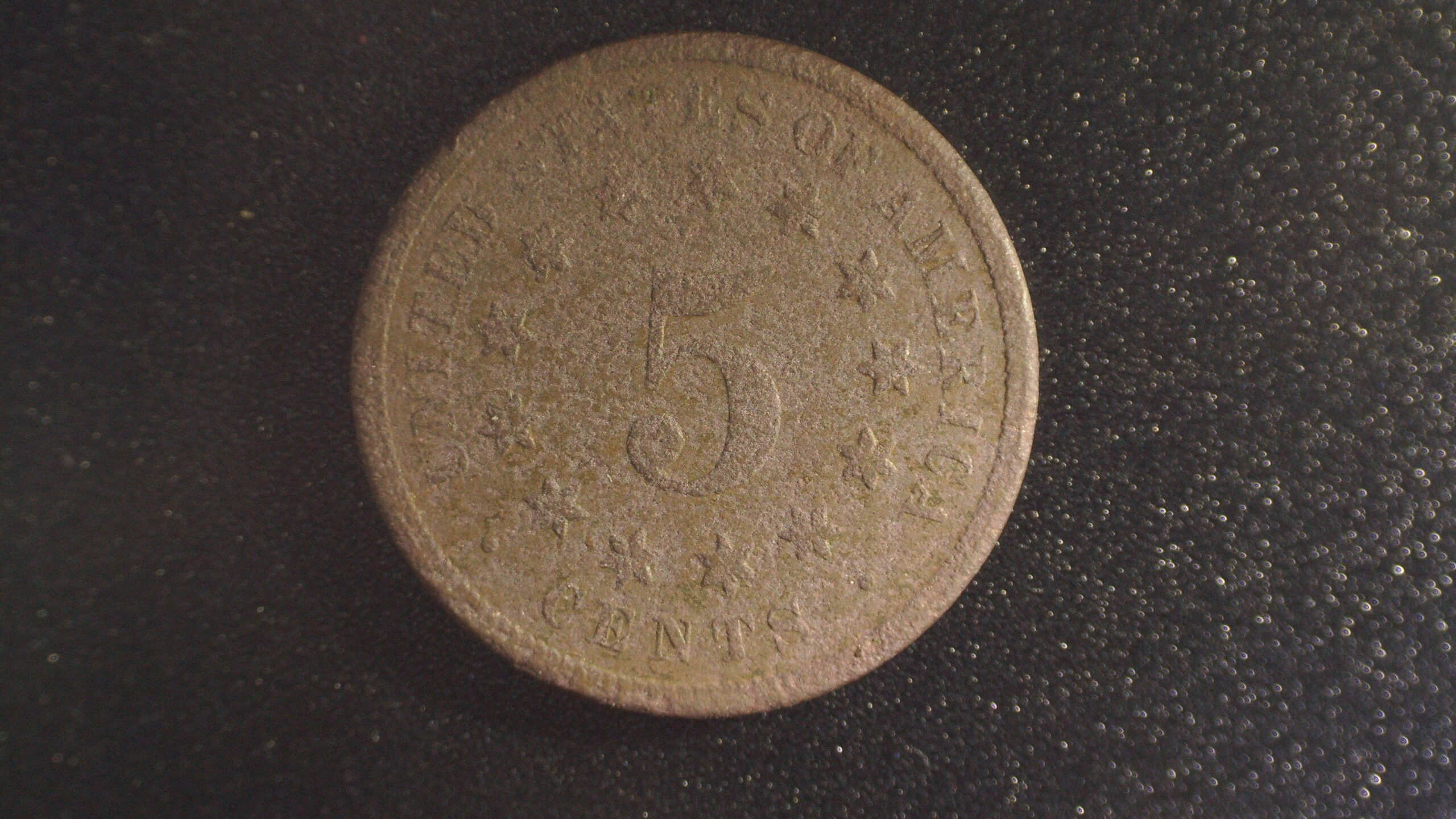
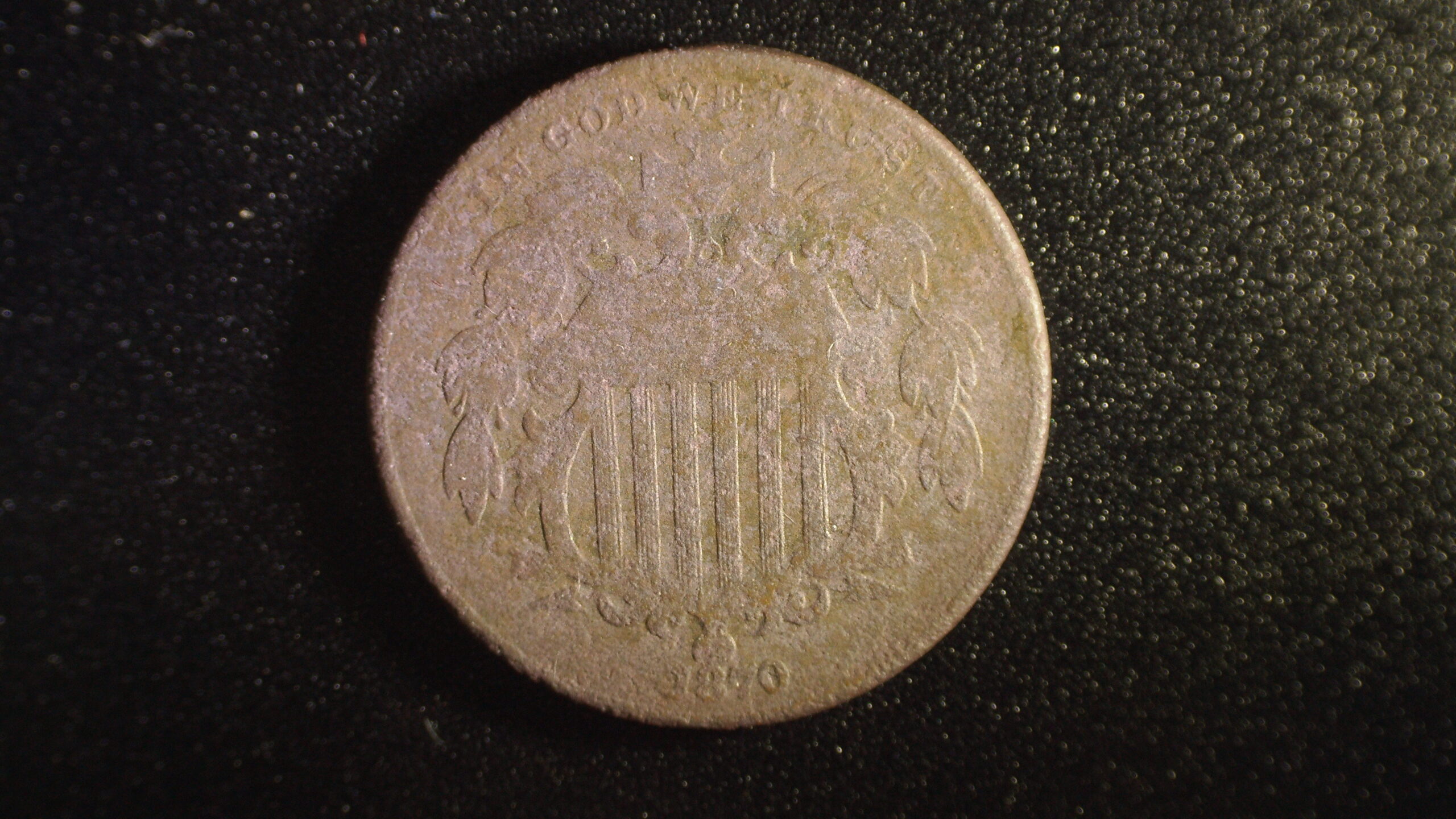
I continued to lightly remove the dirt from the coin but couldn’t see a date. I took a few pictures with the phone, then zoomed in for a better look. The year 1870 was clearly visible at the bottom. This coin was 153 years old.
When this coin was minted in Philadelphia, Ulysses S. Grant was president. There was no electricity, natural gas or telephone service in the homes. Blacks gained freedom just 10 years earlier but could still not vote. There were no cars – travel was by carriage, steamboat, or railway. Schools were of the one-room variety.
The Shield Nickel was minted from an alloy of 75% copper and 25% nickel – the first US 5-cent piece to use the metal that gave the “nickel” its name. Copper coins tend to degrade in the soil, and this coin has certainly seen some decay, although the sandy soil likely helped to minimize this.
I look forward to Spring, when I’ll return to this site for additiional exploration and digging. Wish me luck!

